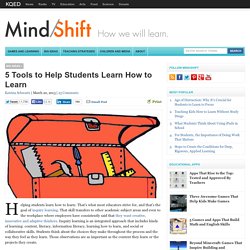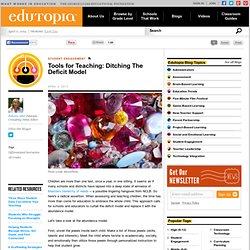

What works best. This page has now been revised (May 2010) in the light of John Hattie's recent apparently definitive work Visible Learning; a synthesis of over 800 meta-analyses relating to achievement (London; Routledge, 2009).

The first thing to change has been the title, which used to be "What works and what doesn't". Hattie points out that in education most things work, more or less. The questions are around those which work best and therefore best repay the effort invested. This site is mainly about your own individual practice as a teacher, and as such it tries to take into account your particular circumstances, such as the students you teach (assumed largely to be over school-age), your subject, your setting (school, college, university, work-based or informal adult education).
It recognises that it is difficult and even unreasonable to generalise, but we ought to set alongside this the results of very generalised research in the form of meta-analyses. Hattie, 2009: 7-8 (my emphasis) Feedback But! ELA resources. Assessment data sites. Looking at Student Work. Creating Classrooms We Need: 8 Ways Into Inquiry Learning. If kids can access information from sources other than school, and if school is no longer the only place where information lives, what, then happens to the role of this institution?

“Our whole reason for showing up for school has changed, but infrastructure has stayed behind,” said Diana Laufenberg, who taught history at the progressive public school Science Leadership Academy for many years. Laufenberg provided some insight into how she guided students to find their own learning paths at school, and enumerated some of these ideas at SXSWEdu last week. 1. BE FLEXIBLE. The less educators try to control what kids learn, the more students’ voices will be heard and, eventually, their ability to drive their own learning. Laufenberg recalled a group of tenacious students who continued to ask permission to focus their video project on the subject of drugs, despite her repeated objections. 2. Laufenberg’s answer: Get them curious enough in the subject to do research on their own. 3. 4. 5. 6. 7.
5 Tools to Help Students Learn How to Learn. Helping students learn how to learn: That’s what most educators strive for, and that’s the goal of inquiry learning.

That skill transfers to other academic subject areas and even to the workplace where employers have consistently said that they want creative, innovative and adaptive thinkers. Inquiry learning is an integrated approach that includes kinds of learning: content, literacy, information literacy, learning how to learn, and social or collaborative skills. Students think about the choices they make throughout the process and the way they feel as they learn. Those observations are as important as the content they learn or the projects they create. “We want students thinking about their thinking,” said Leslie Maniotes a teacher effectiveness coach in the Denver Public Schools and one of the authors of Guided Inquiry: Learning in the 21st Century. Tools for Teaching: Ditching The Deficit Model.
Photo credit: iStockPhoto Children are more than one test, once a year, in one sitting.

It seems as if many schools and districts have lapsed into a deep state of amnesia of Maslow's hierarchy of needs -- a possible lingering hangover from NCLB. So here's a radical assertion: When assessing and teaching children, the time has more than come for education to embrace the whole child. This approach calls for schools and educators to curtail the deficit model and replace it with the abundance model.
Let's take a look at the abundance model. First, unveil the jewels inside each child. I hate to go here, but let's sidetrack for a moment to a school seduced by the pressures of standardized testing. Yep, this really happened. As teachers, we must evaluate where students are academically, and this includes their literacy and behavioral development as well as content knowledge. So, as mentioned before, we must first uncover those hidden interests, talents and skills. 1. 2. Lesson Planning and Creating a Teacher Plan Book.
Lesson planning.

Every teacher’s got to do it. Not only do we have to do it, but it’s important that we do it well. Well crafted lesson plans create a direction and a vision for your day. They help you feel less stressed and more confident. They’re there for you to grab onto when your classroom is buzzing with activity and you can’t remember what you were going to do next! Lesson planning is a very individual process, taking on a number of different shapes and forms. Lesson Planning Styles Before my first year of teaching began I drove myself to the local teacher supply store and bought myself a shiny new teacher plan book with pencils and lined paper decorating the front.
Download this daily plan template (.doc) Download this weekly lesson plan template (.doc) – adapted from Beth Newingham While some of us may prefer to use paper and pencil to plan, others may be anxious to check out ways to use technology. Planbook by Hellman Software Creating a Teacher Plan Book First. Educational Websites.